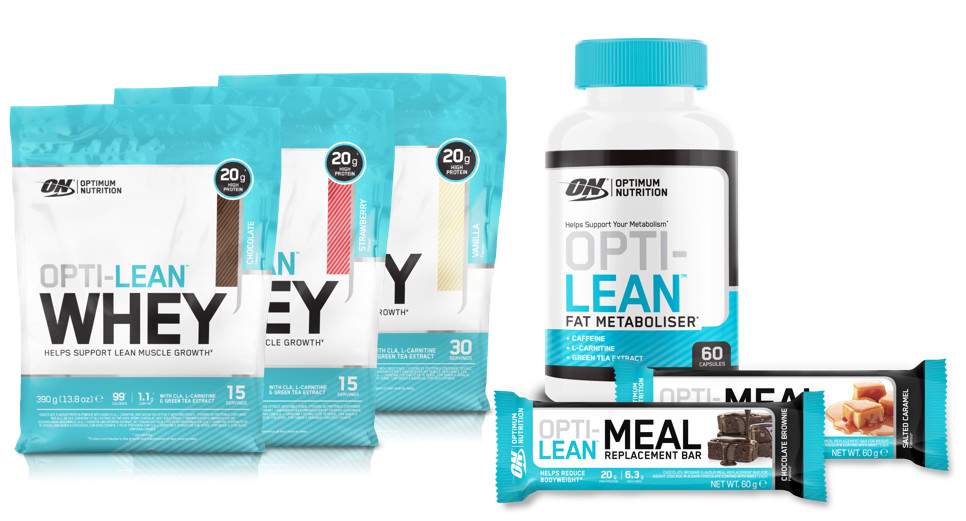What Is Whey?
Let's start with the mother of Whey… milk. The macronutrients in milk are 88% water, 5% carbs, 4% fat and 3% protein. There are two types of protein in this 3%: whey and casein. That probably means nothing to you, so think of it a different way. Imagine a yoghurt pot. You’ve just peeled back the lid and found a thin layer of liquid on top of the creamy yoghurt. The liquid contains the whey and the creamy part contains primarily the casein. Similarly to this, when renin (a coagulant) is added to milk during cheese making, this separates the whey from the casein. That’s why most whey protein powder on the market is often made from the byproduct of cheese! Cool isn't it.
Whey is a fast-digesting, muscle building, complete protein that naturally contains all of the essential amino acids (EAAs) that your body cannot make on its own. When taken over time, in combination with regular resistance exercise, whey can help support muscle growth. The EAAs in whey also include the branched chain amino acids (BCAAs): leucine, isoleucine and valine.
Using different processing techniques, whey can be made into these common forms as a powder:
- Whey protein concentrate (WPC), ranges in protein content of 34 – 80%.
- Whey protein isolate (WPI), Contains up to 90% protein.. but undergoes a filtration process, which removes some of the fat, cholesterol, carbohydrates and lactose.
- Hydrolyzed whey protein, is just WPI that is broken down into smaller pieces for rapid absorption.
History of Whey
You can trace the use of whey all the way back to ancient times, as Hippocrates was reported to have consumed whey as a medicine and skin balm. Drinking whey was also a popular practice at European spas during the 1800s, as a healing drink. During the 1960s, the popularity of whey began to grow amongst bodybuilders. Driven by athlete demand and modern dairy processing technologies, whey went from mostly unwanted waste products to sports nutrition gold.
Which Whey is Right for You?
Supplement companies offer many options of whey protein and selecting the supplement that best suits your goals can sometimes be confusing. Whey protein concentrate (WPC) is a very common type of whey on the market. It is a great option for most consumers who do not mind that it contains slightly more calories, carbohydrates and fat per serving (compared to other whey protein types). If you are looking for a whey protein supplement with less fat, cholesterol and carbohydrates, whey protein isolate (WPI) is a good option to try. Finally, the protein in hydrolyzed whey protein contains whey that has been broken down into smaller pieces, allowing the proteins and amino acids to be absorbed quickly.
If you are curious about the type of whey protein in your supplement, check out the nutritional information labels for details! Whatever your individual goals, there will be a product that can help. Thanks to Optimum Nutrition for this insightful blog about whey protein. Oh and did I mention they have a range of products that balance great macros with great flavour.


